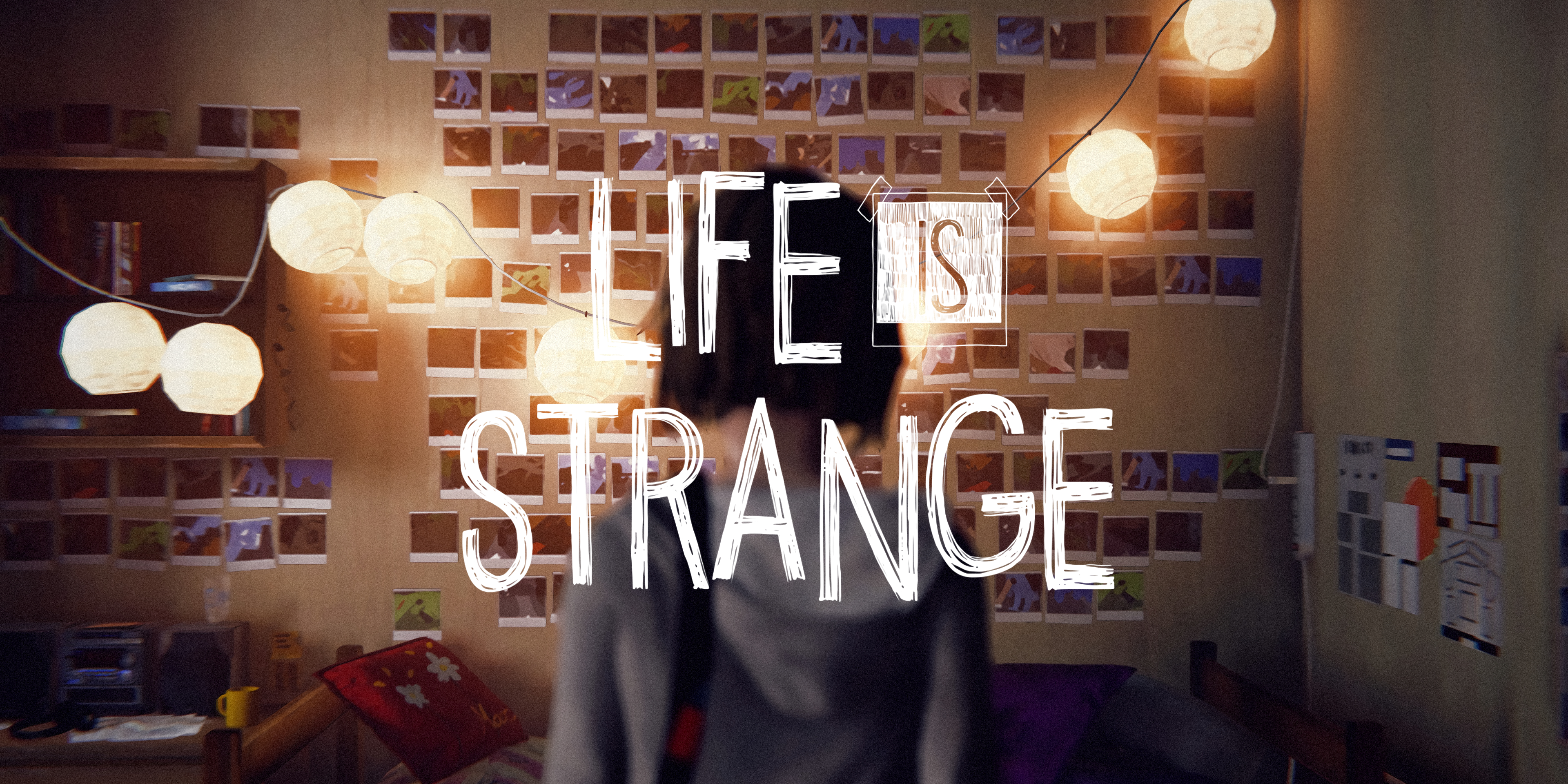#3 — Life is Strange
Life is Strange. This title perfectly encapsulates the journey that the characters in this game go through. As a story heavy, narrative-driven adventure game with relatively little gameplay, Life is Strange needed to impress with its story and characters – and it did just that.
I will be the first to admit that this game isn't for everyone. With a high school setting, and focusing very much on the angst and hormonal nature of teenage life, many of this game’s characters may appear too far removed from your own reality for their pain and problems to feel real to you. But regardless, we were all teenagers once, and though Max’s hipster aesthetic, or Chloe’s punk rock attitude may not mirror your own youthful experience, there is no denying that the cast of Life is Strange manages to express the perceived reality of a teenager quickly turning into a young adult.
In an attempt to shy away from any spoilers, I will focus on the characters, and the way in which, just as Max’s polaroid captures a moment in time, so too does Life is Strange. Though the choice-based game introduces a paranormal twist to the formula, it serves only to visualise the emotions that characters such as Max, Chloe, and Kate are feeling at any given time. While the supernatural events in Life is Strange are presented as canonically having happened, the stakes in the eyes of the characters would not be any different regardless of whether this was the case. When you’re a teenager, every decision feels like the world is about to end, and whether metaphorically or literally, Life is Strange presents this emotional state of being, and puts you back into the shoes of a teenager who is going through this point in her life.
Because of this, every choice in Life is Strange feels like it matters. Choice-based narrative games often have technical limitations technologically. It would be far too much work to create 100 different endings based on minute decisions. That being said, the team behind Life is Strange (DONTNOD) successfully manages to make it feel like every choice will have major consequences – and in some ways they do. While TellTale games for example would often start at the same place, branch off, but ultimately come together at the end, Life is Strange took the courageous decision to make some major choices really matter.
The final choice in the game (and I will avoid spoilers here) gives you two completely opposing options. While you would think this would lead to a simple decision on the player’s part, when this final choice was asked of me, I wept for over 10 minutes, my mind equally wanting to pick both options. This was because it wasn't simply two opposition choices. It was two options which came with the weight of every decision that you made prior. In Life is Strange, choice matters. Whether it mattered in reality or not, to me, and to Max herself, this final choice was the whole world. Life. Is. Strange.
 KitGuru KitGuru.net – Tech News | Hardware News | Hardware Reviews | IOS | Mobile | Gaming | Graphics Cards
KitGuru KitGuru.net – Tech News | Hardware News | Hardware Reviews | IOS | Mobile | Gaming | Graphics Cards



